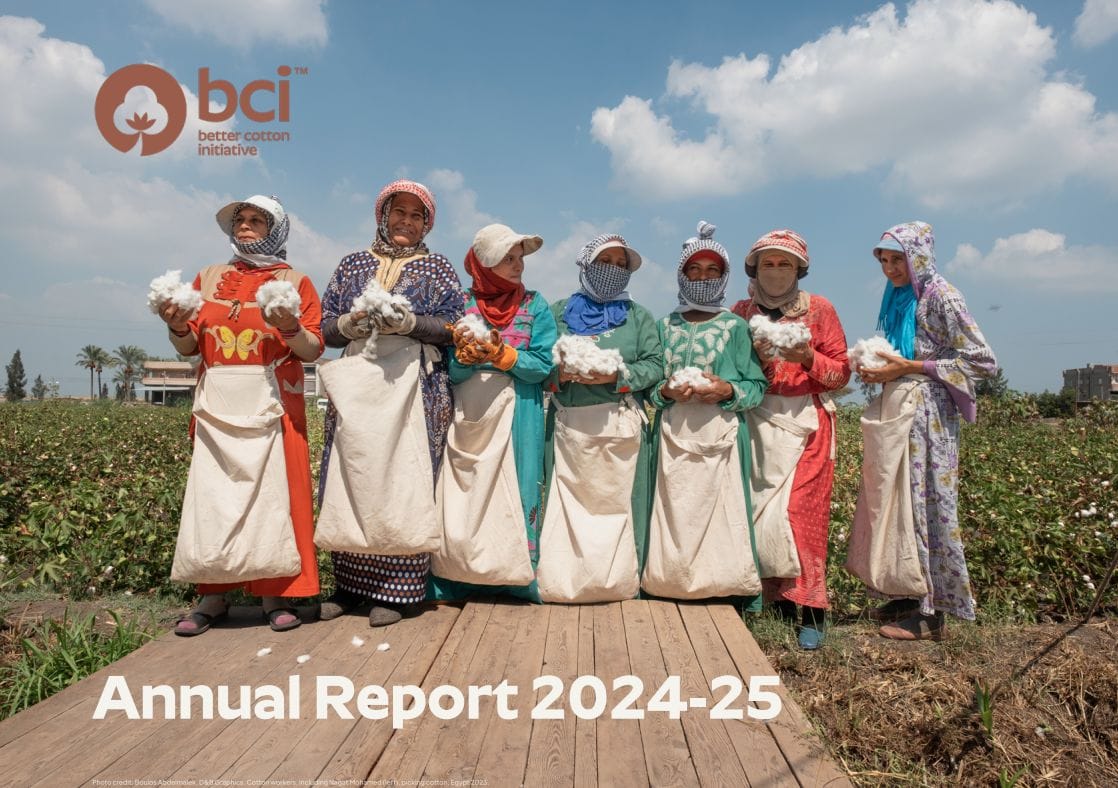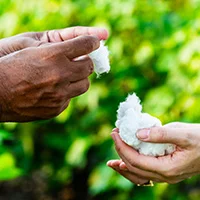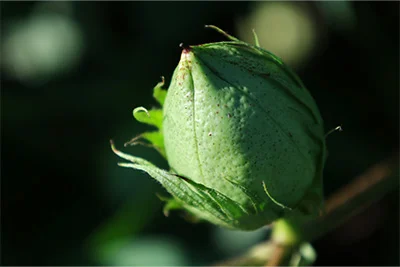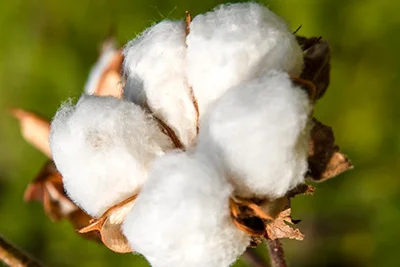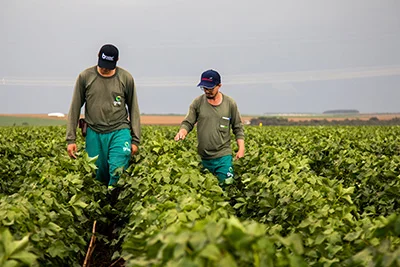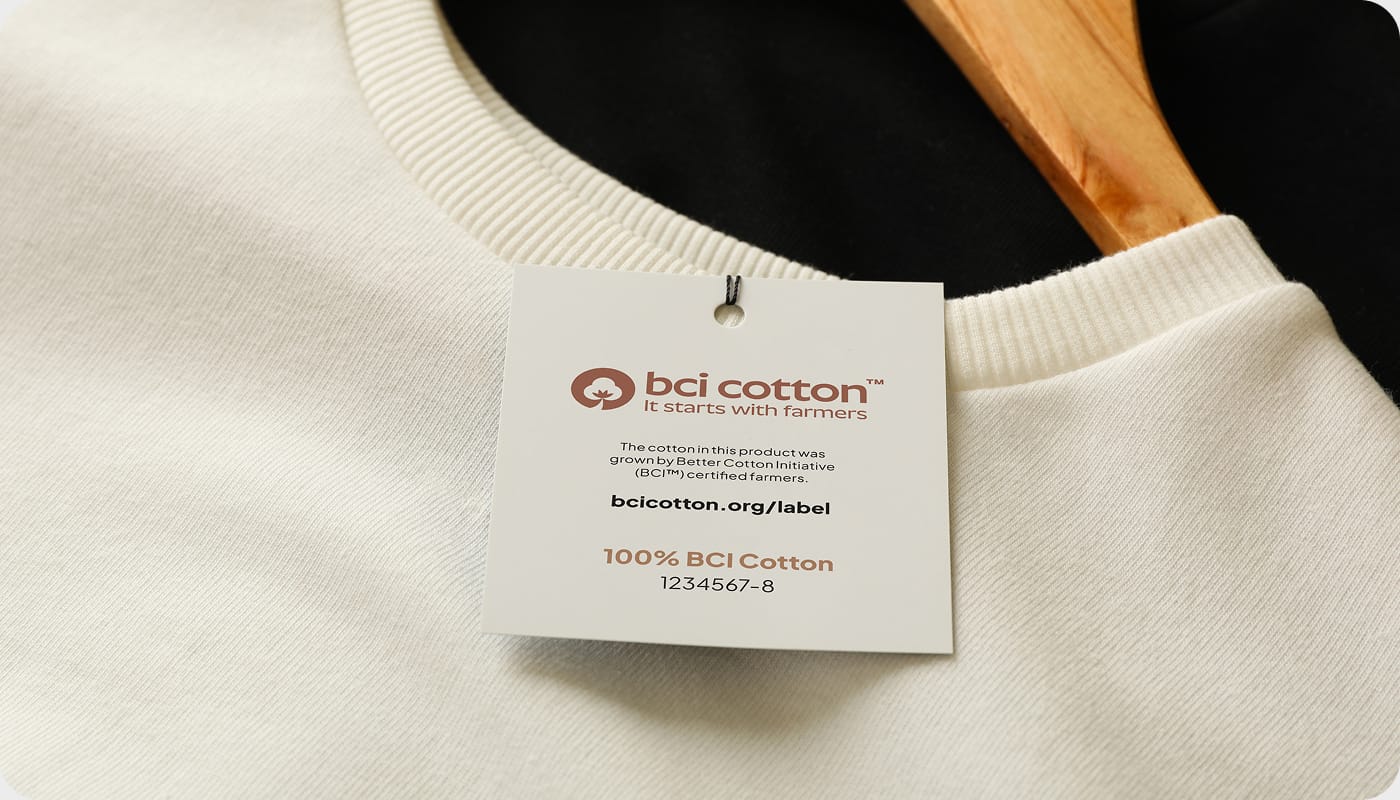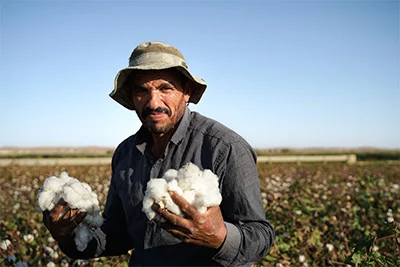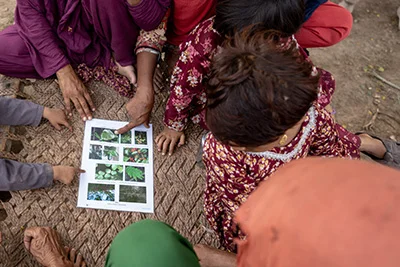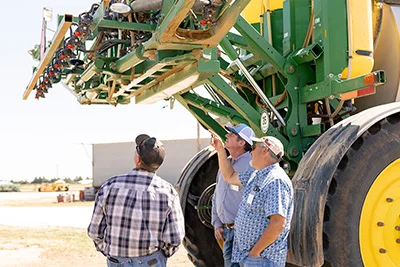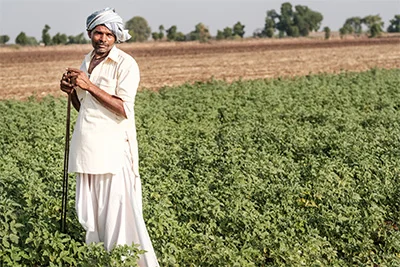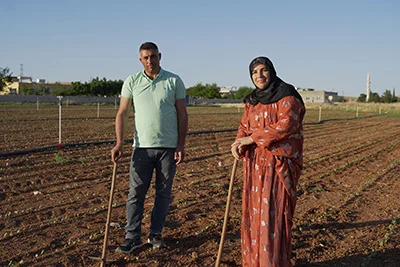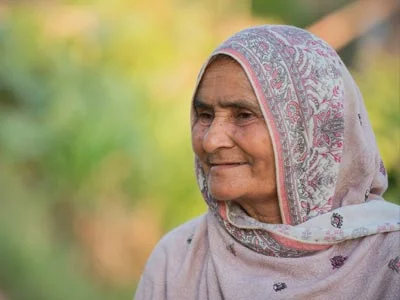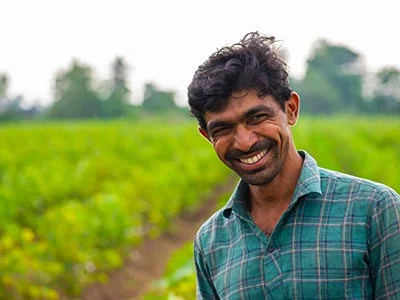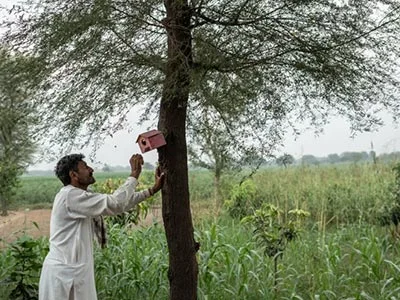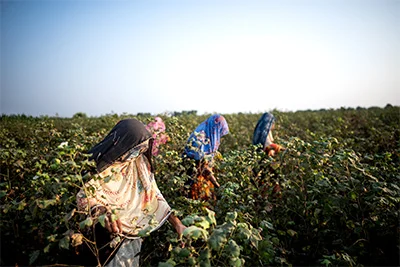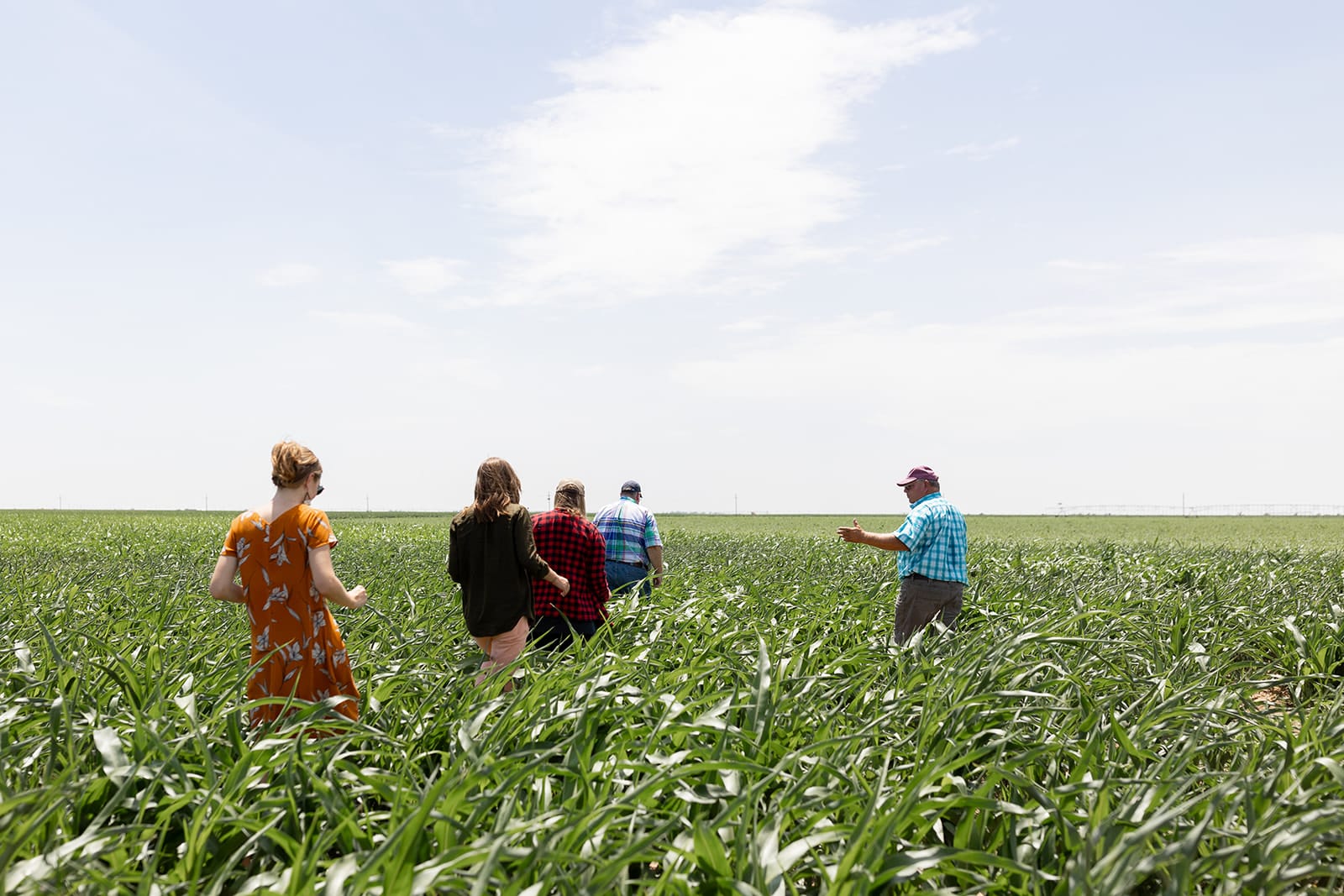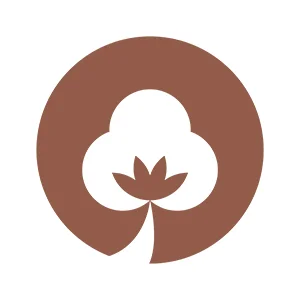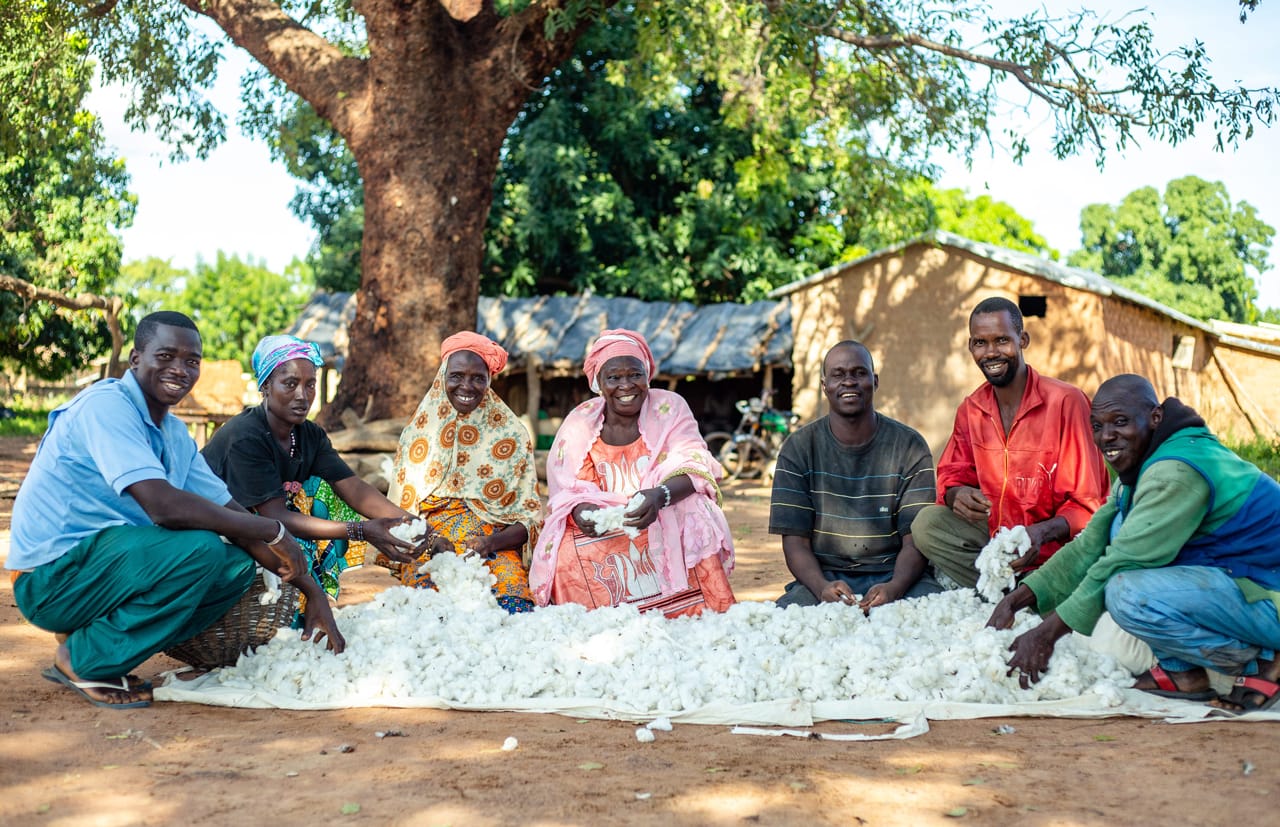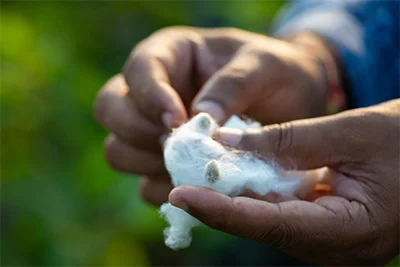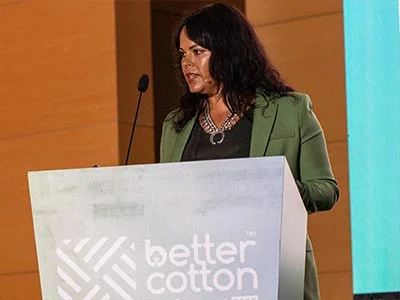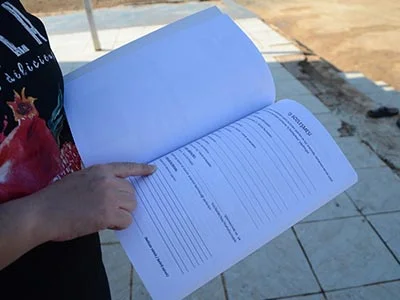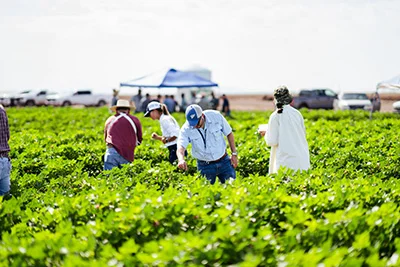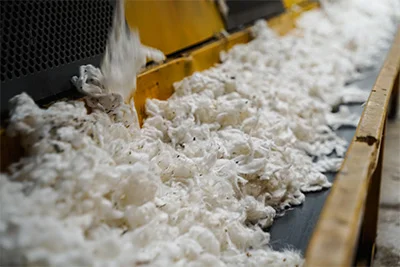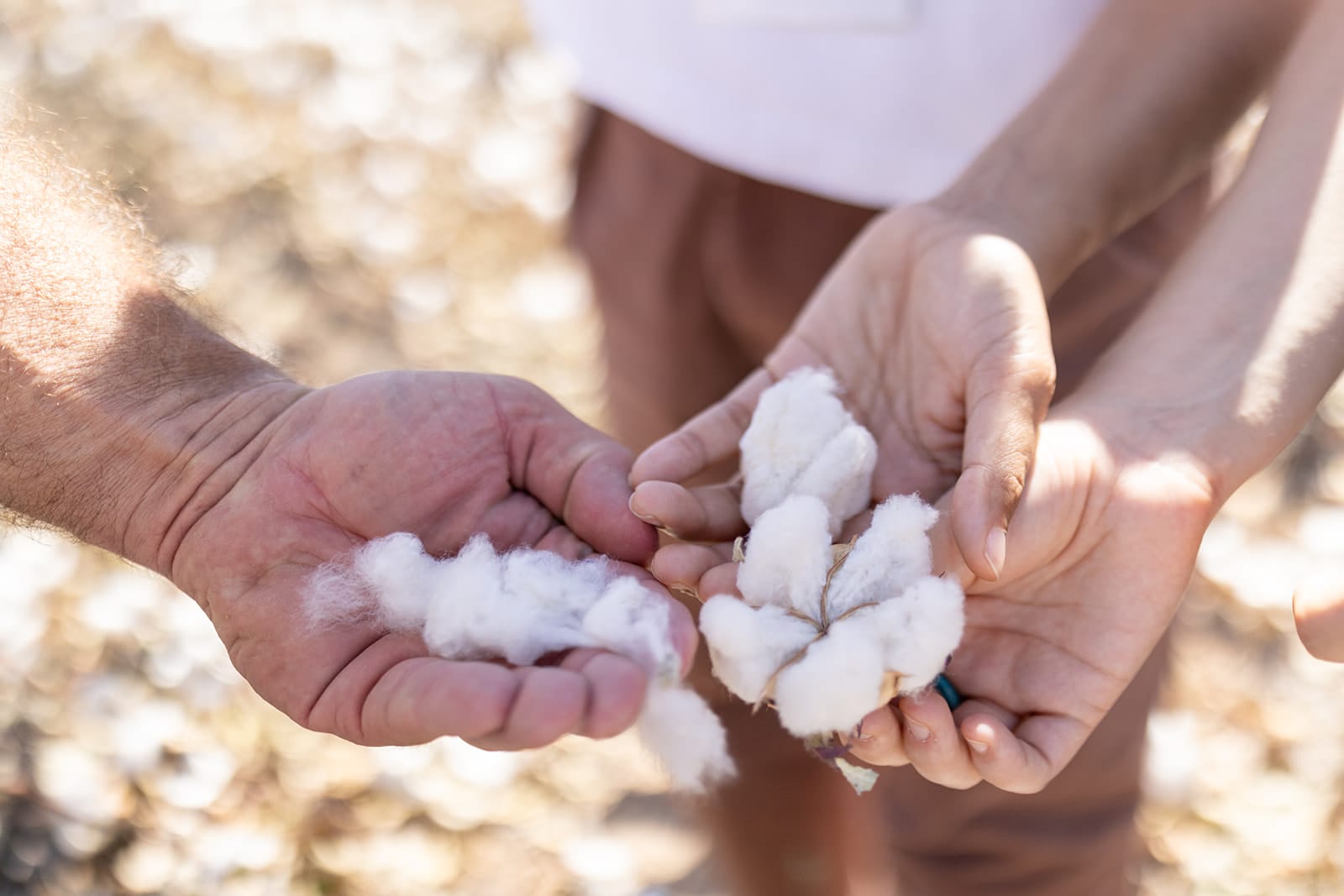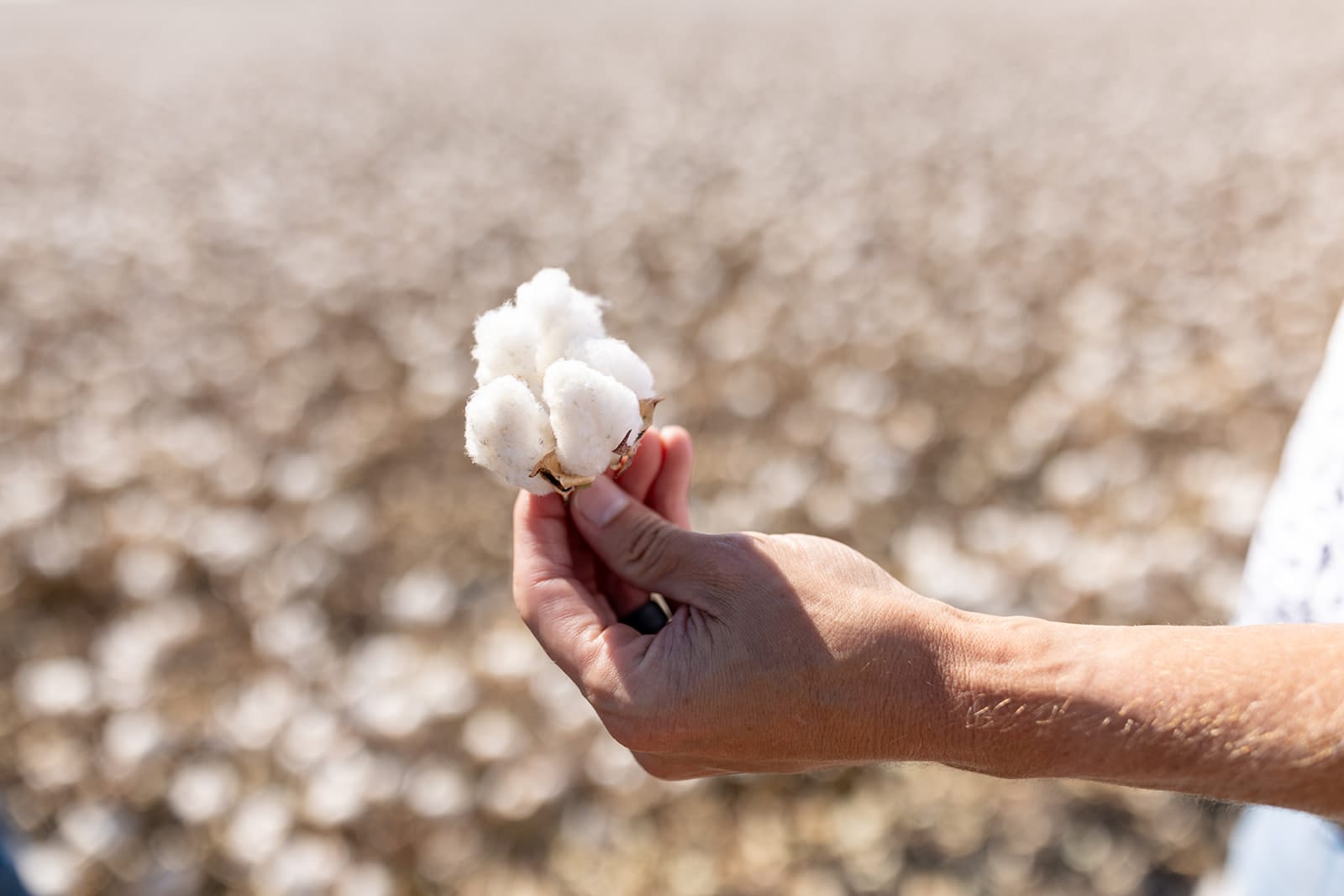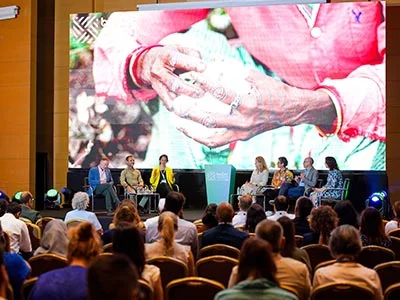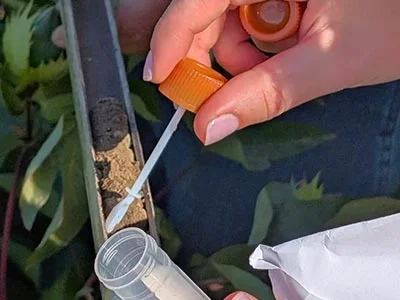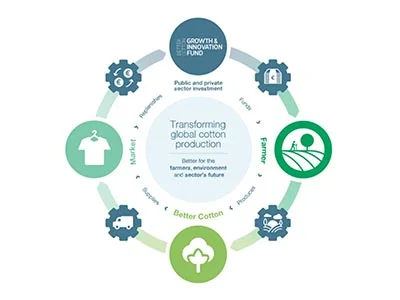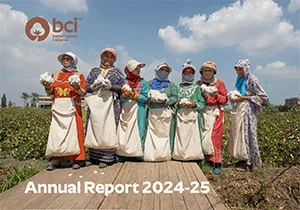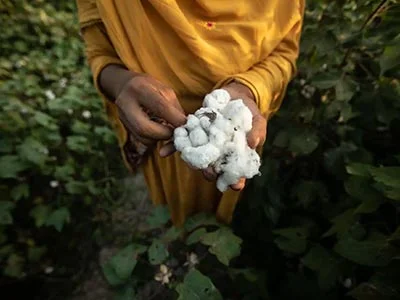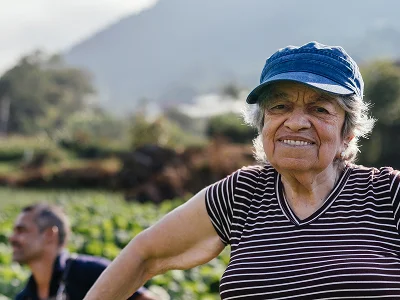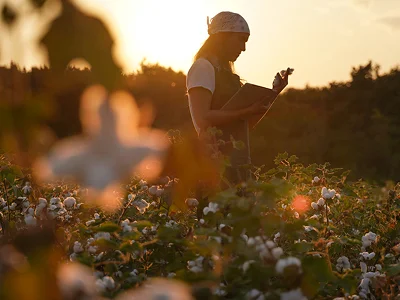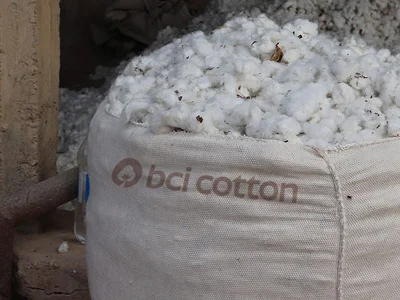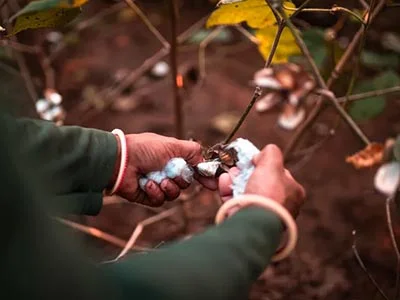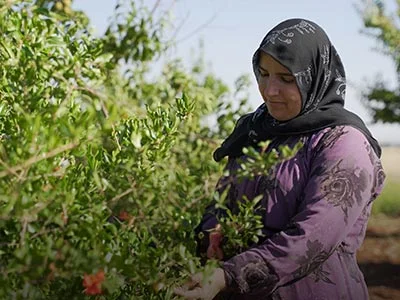
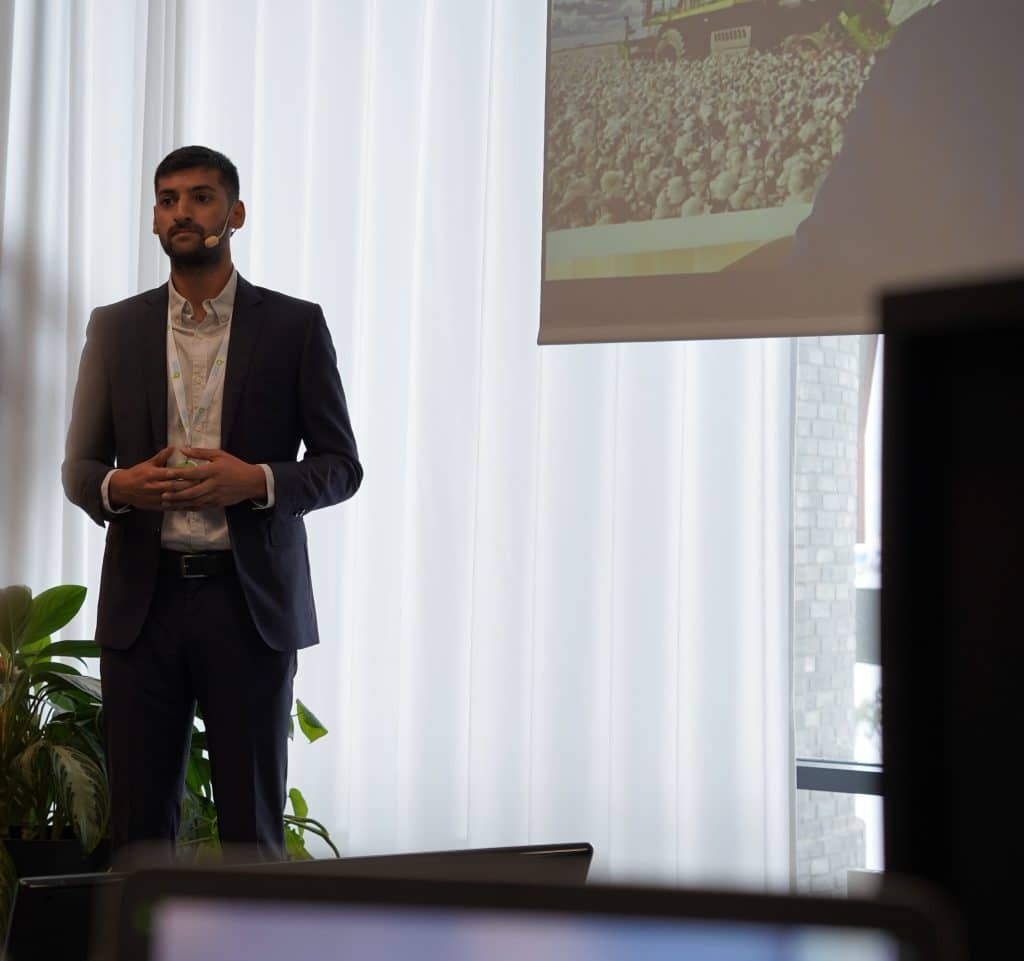

Better Cotton’s new 2030 Impact Targets have been informed by consultations with both internal and external experts to help us get to the heart of each matter and accelerate progress at the field level.
To better understand the cotton sector’s relationship with pesticides, and why important changes are required, we spoke with Rajan Bhopal, International Project Manager at Pesticide Action Network (PAN) UK.
Better Cotton has partners around the world. How important will the extensive nature of this network be to improving the cotton sector’s use of pesticides across key regions?
Globally we have already exceeded the planetary boundary for chemical pollution, each kilogram of pesticide sprayed only adds further to the global ecological crisis. The Better Cotton mission of improving the sustainability of all cotton farming worldwide has led to the organisation operating in countries where cotton is not grown sustainably. This is where Better Cotton can support farmers to adopt cotton production practices that promote biodiversity and healthy, sustainable livelihoods, and have real impact on reducing the harms of pesticides.
A global effort is needed to transition towards responsible forms of pest management and reduce the harms that pesticide use can cause. The apparel and textile sector needs to move together with cotton producers by providing strong demand and funding research, development and training where required. As a member of Better Cotton, we hope to support this global network, which provides opportunities to share practices and approaches within countries and across regions.
Across the cotton sector, how aware are farmers of the environmental and human risks linked to poor pesticide management and how big of an endeavour is providing education and training at scale?
Smallholder farmers and workers suffer symptoms ranging from chemical burns to migraines, nausea and vomiting from pesticide exposure and so are acutely aware of the immediate impacts on their own health – though they are usually unaware of the long-term health implications of pesticide exposure. However, most farmers do not believe they have a choice.
Farmers we speak to can both lack knowledge or confidence in alternative pest management approaches. This is why capacity strengthening, research and on-farm demonstrations of responsible pest management is needed urgently.
Increasing awareness of harms is not the only challenge. To promote responsible practices, the sector needs to work with farmers and researchers to trial and test alternatives, to establish the demonstration of proven alternatives in fields that are easily accessible to all farmers and increase the value we assign to the tens of thousands of vital extension agents who provide critical advice and support to farmers.
For cotton farmers, what will be the most notable benefits of reducing or more efficiently using pesticides?
Reduced costs, improved health and ecosystem resilience. Half of all farmers and workers are affected by pesticide poisoning every year. This can be stopped by eliminating Highly Hazardous Pesticides and reducing pesticide use through agroecological methods, leading to healthy communities and a safe working environment. For many farmers, production costs can be reduced – sometimes massively. In our work with smallholder farmers those who implement agroecological cotton production reduce cost by 70% without reducing their yield, leading to huge improvements in profit. From smallholdings to megafarms, a reduction in the use of pesticides will directly improve the health of the agroecosystem, which provides natural control of cotton pests.
With the current rate of climate change, how important is it that cotton farmers adopt best practices on pesticide use in a timely manner?
Pesticides are driving climate change directly and are likely to account for between 7-10% of Better Cotton’s greenhouse gas emissions. Most synthetic pesticides are made from fossil fuels and are very energy intensive to produce – on average it takes 10 times more energy to produce a kilogram of pesticide than the same amount of nitrogen fertiliser due to the greater quantities of fertiliser applied.
With climate change, pests are becoming harder to control, and pests may emerge in new areas. Farmers who are dependent on pesticides will find costs increasing as they battle pests without the help of beneficial organisms or other integrated pest management tools. Farmers depending on a single annual crop for cash income will have limited resilience in the face of extreme weather events as high production costs increase vulnerability to heavy economic losses in a low yielding year.
Globally, more pest control is provided by nature than by pesticides. Farming with nature, not against it through adopting best practice will help farmers to reduce pesticide use and improve their resilience to the extreme conditions brought by climate change.
To find out more about Better Cotton’s Impact Targets, follow this link.

